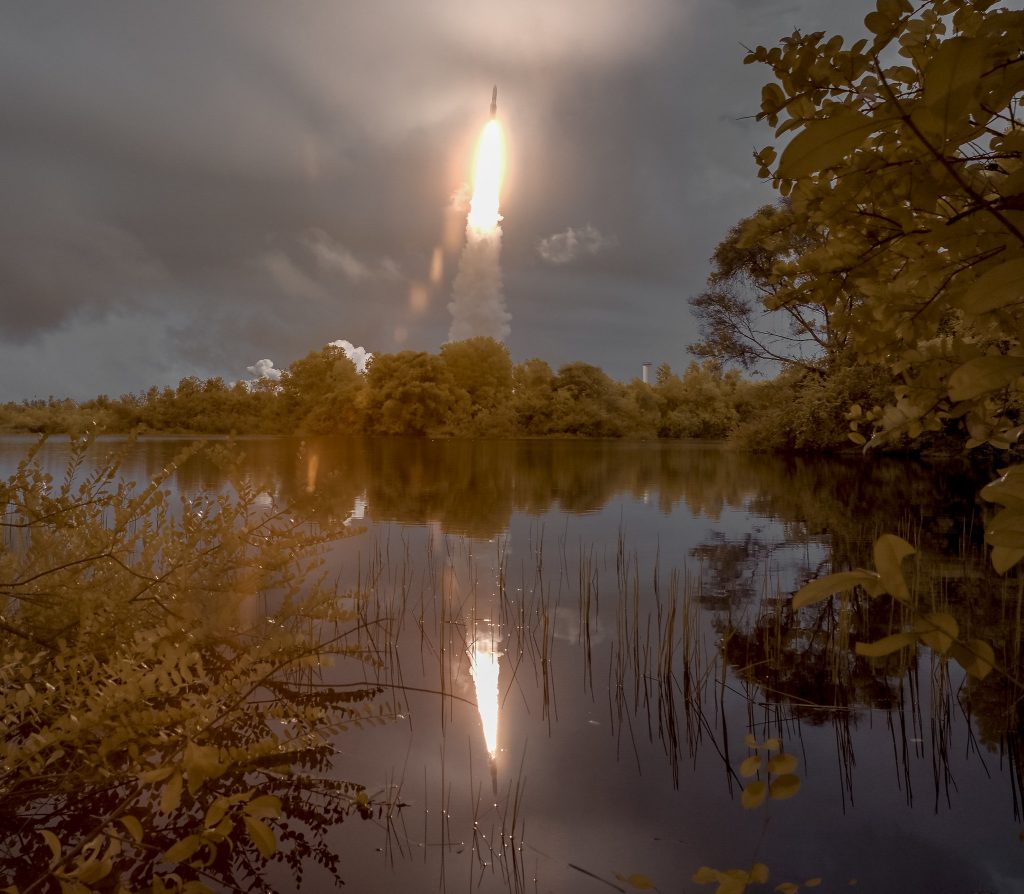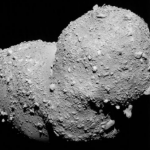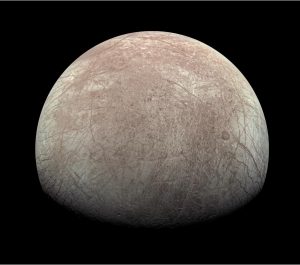
A new era for Astronomy opens with the Webb Telescope
On Christmas day 2021, NASA (with ESA and CSA) launched its newest flagship observatory, the James Webb Space Telescope. ISAS International Top Young Fellow (ITYF), Dr Ryan Lau, is leading one of the first observation projects with the Webb Telescope. He takes us through his hopes for one of the most eagerly anticipated instruments in astronomy.
The launch of the James Webb Space Telescope represents a significant achievement for humankind and an opening of a new era in astronomy. The Webb telescope will enable us to address fundamental questions about the nature of the Universe and the cosmic cycle of stars, planets, and life.
With a 6.5-meter mirror and advanced instrumentation tuned to infrared (IR) wavelengths, the Webb telescope is 10 times more powerful than its immediate predecessors the Hubble and Spitzer Space Telescopes, which are two of the “Great Observatories” launched within the past three decades.
Observing infrared wavelengths is notably challenging, as any warm object also emits infrared that can easily drown a distant signal from space. The Earth’s atmosphere creates an overwhelming thermal background, as do the instruments and telescopes that are needed to conduct the observations. This thermal background “noise” effectively blinds IR detectors from seeing sources such as newly forming stars, or the signatures from organics in the interstellar medium. IR astronomy therefore strongly relies on launching cooled telescopes into space, such as AKARI, Japan’s first IR-dedicated space observatory. However, the physical limitations of space launches impose telescope size restrictions, which constrained AKARI’s mirror to a diameter of 0.7 m. The folding design of the 6.5 m mirror onboard the Webb telescope pushes against these limitations to present the most substantial gain in sensitivity in the history of IR astronomy.
The Webb telescope is an international project led by the National Aeronautics and Space Administration (NASA) with significant contributions from the European Space Agency (ESA) and the Canadian Space Agency (CSA). The observations and data that will be collected by Webb are open to the worldwide scientific community, and astronomers within Japan are leading some of the first observations with the Webb Telescope. These first observations are part of what is called the “Director’s Discretionary Early Release Science (DD-ERS) Program” and were selected to showcase the scientific potential of the Webb Telescope.

Out of over a hundred submissions, thirteen projects were selected for the DD-ERS program. One of the selected projects is observations of cosmic dust proposed by my team, which is incredibly exciting as it is a study that would be impossible with any other instrument to date. Our team will explore the role of massive, dying stars as factories for cosmic dust, which is a key ingredient in the formation of stars, planets and life. With the Webb Telescope, we can capture the infrared signature of freshly formed dust that has an extreme origin: colliding outflows of material from some of the most luminous and hot stars known, Wolf-Rayet (WR) stars.
Our own Sun emits material that forms a stellar wind. As the wind flows past our planet and interacts with the Earth’s atmosphere, it can be seen as it creates the lights of our aurora. However, unlike our Sun, the hot and massive WR stars emit far stronger and more violent stellar winds, shedding mass at a rate of over a billion times that of the Sun. If the WR star has a massive binary companion star, then winds emitted from both stars will collide and—in this extremely energetic environment—form a thin and dense sheet-like region composed of the matter within the winds. This wind-collision region is enriched with elements such as carbon that were formed in the stars and condense into an organic-rich dust as the outflows cool fleeing their massive stellar forge.
The major problem with studying this extreme dust formation scenario is that the newly formed dust is often outshone by the surrounding luminous stars that created it. However, with the revolutionary capabilities of the Webb Telescope, we will be able to separate the light from the dust from that of the glare originating from the stars and be able to reveal the IR signatures of the dust for the first time.
Although there is no doubt that the Webb Telescope will be a game-changer, ground-based observatories such as Japan’s 8.2 m Subaru Telescope on Mauna Kea in Hawai’i, will continue to be critical to our projects. Last year we captured a spectacular spiral stream of dust around a binary system of two Wolf-Rayet stars known as WR 112 using images captured with large ground-based telescopes.
We were able to piece together the motion of the spiral stream by combining images of the binary system taken throughout the past 20 years, where the final image that completed this 3-dimensional puzzle was taken by the COMICS instrument on the Subaru Telescope.
Indeed, it is clear that the complementary observing capabilities provided by ground-based observatories will be as crucial as ever in the era of the Webb Telescope. In order to further discuss and explore the synergy between the Webb Telescope and ground based observatories, we are hosting an on-line meeting with Professor Hanae Inami from Hiroshima University and Dr Abigail Frost from Katholieke Universiteit Leuven in Belgium for astronomers from around the world,
February 14 – 18 2022:
IR2022: An Infrared Bright Future for Ground-based IR Observatories in the Era of JWST
(JWST: James Webb Space Telescope.)
Ultimately, the future of astronomy is not just defined by our technological capabilities, it is driven by the creative vision that emerges from the sharing of thoughts, perspectives, and dreams from people around the world. As we enter the era of the Webb Telescope, the future of astronomy shines bright in the infrared.
Further information:
The James Webb Space Telescope website
Observing cosmic dust from Wolf-Rayet stars with the Webb telescope

 Previous Post
Previous Post Next Post
Next Post






